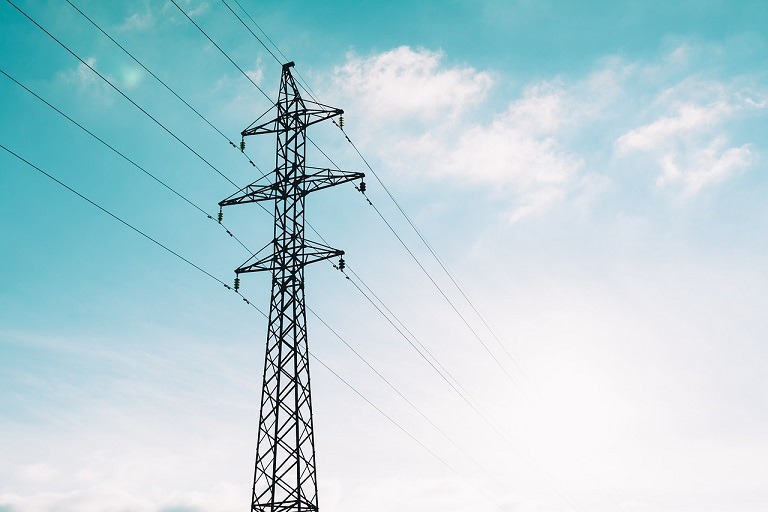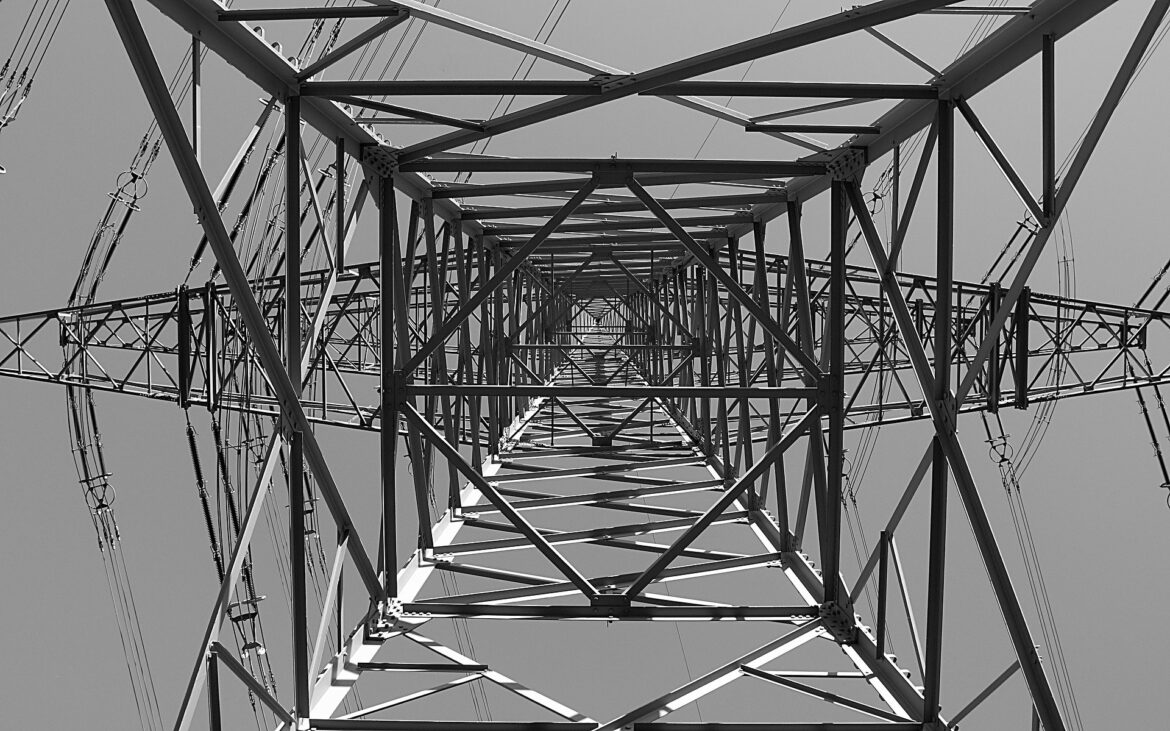A cyberattack on key utility infrastructure of a nation can spell disaster, especially as a part of a firesale attack (a cyber attack that intends to disable or render unusable the nation’s transportation, utilities, telecommunications, and financial infrastructure). The potential doomsday scenario has many nations considering the impact the fall out of a wide scale cyberattack could have on the country’s stability and economy.
NERC CIP
NERC CIP Standards Summary: All Mandatory Requirements, Explained
Compliance with the NERC CIP standards is critical to mitigating cybersecurity risks to North America’s bulk electric system (BES), which is also known as the bulk power system (BPS). The NERC CIP provides a comprehensive list of security controls to help organizations effectively and securely operate the BES. Read our blog to get a sense of the NERC CIP standards summary.
NERC vs. NIST: Choosing the Right Infrastructure Cybersecurity Framework
Cybersecurity implementation can be a long and complicated process if your organization hasn’t been built with security as a part of its design. This is why different committees, interest groups, governments, and cybersecurity professionals come together to develop robust cybersecurity frameworks and regulations.
Depending on the industry that your organization is part of, these frameworks and regulations may be known to you as CIS CSC, NIST, ENISA, ISO 27001 ect. With so many frameworks it is hard to know which is best suited to your organization’s needs. Although all frameworks have their merit, some pertain to either specific industries or requirements.
Safety is of paramount concern when it comes to the bulk electric system of North America. With so many busy cities flourishing on the continent, power interruption will definitely derail the daily grind of its inhabitants and the long-term health of its economies.
What Is the Difference Between NERC CIPs and NIST Frameworks?
Essential services such as water, electricity, oil, and gas all require monitoring systems that operate under a communications network. Management of these services becomes more efficient this way. But on the other hand, there is also the potential risk of vulnerability to cyberattacks.
With the constant advancements in technology there is an equal amount of cyber threats coming for your company’s most vital asset. A way to prevent the worst from happening is by following The North American Electric Reliability Corporation (NERC) standards. Those without any guidelines on how to improve company critical infrastructure can fall at the hand of those threats.
Cybersecurity has become a pressing concern for individuals, organizations, and governments all over the world. There are 16 critical infrastructure sectors in the United States, of great importance to public life, that a cybersecurity breach could have a devastating effect on.
Keeping the lights on across America is no simple task. It takes more than a thousand operators—spanning the four, interconnected, transnational power grids—all working together.
The North American Electric Reliability Corporation (NERC) is a not-for-profit international regulatory authority that ensures the security of bulk power systems (BPS) across all of North America. NERC’s primary responsibilities include defining and enforcing standards that safeguard against physical, cyber, and other threats. These protections keep power flowing to all North American populations.
Without the foundation of well-thought standards and procedures to protect your company, you are putting it at risk. For some companies, it can be difficult to figure out which standard is the best for them. Luckily the North American Electric Reliability Corp. (NERC) provides standards that help with exactly that. It helps you prepare for any possible cyber threat coming your way. And you do not have to struggle to understand what each standard asks of you.









